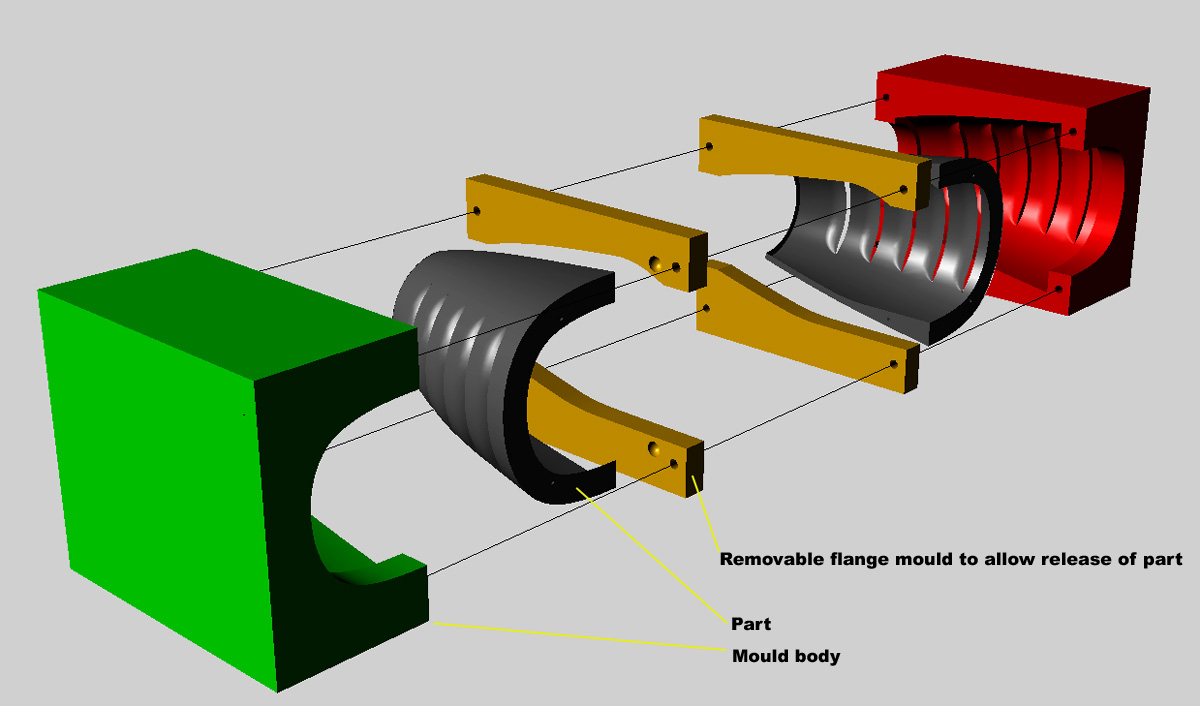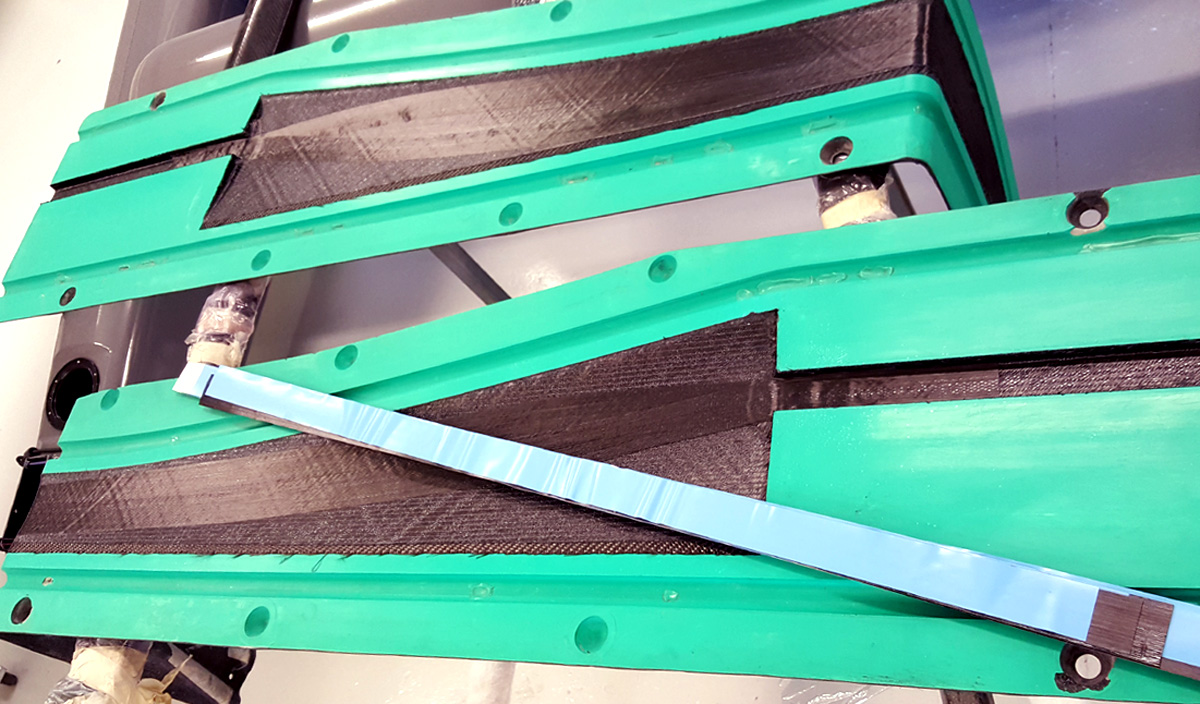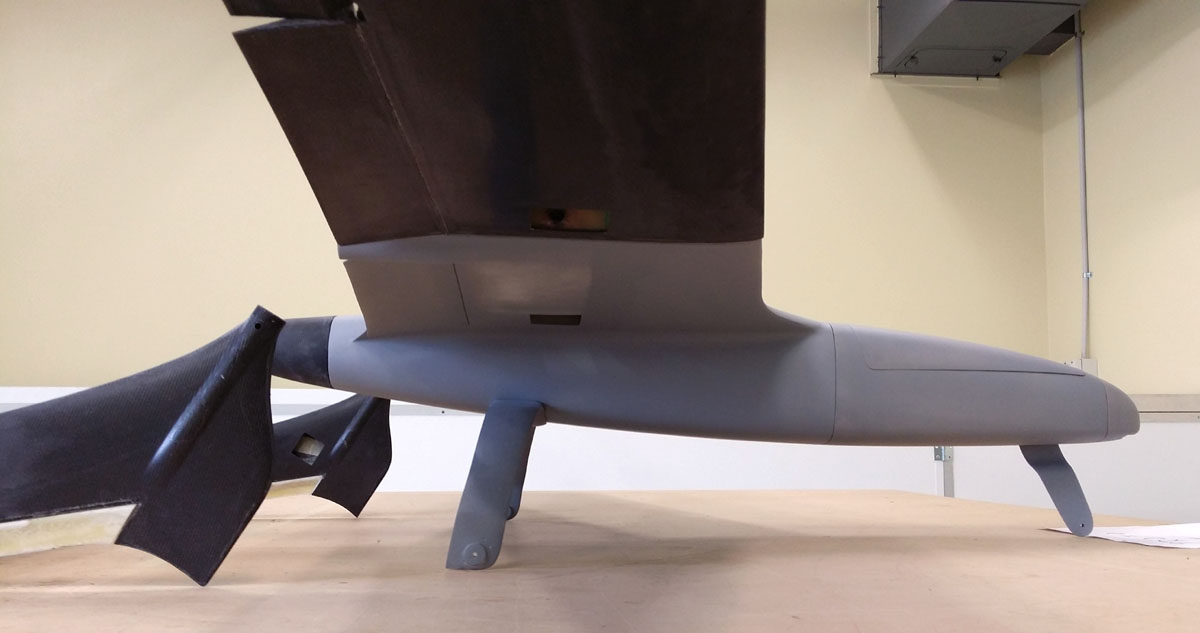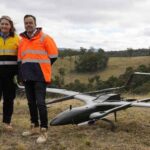Drone regulation – Thoughts from a Manufacturer
The ongoing and nuanced discussion about drone regulation is rightly centered on operators’ responsibilities – addressed through measures such as licensing and restrictions. Specifically making sure procedures, risk assessments and training are in place as well as provisions specific to the airspace where the mission is to be carried out.










